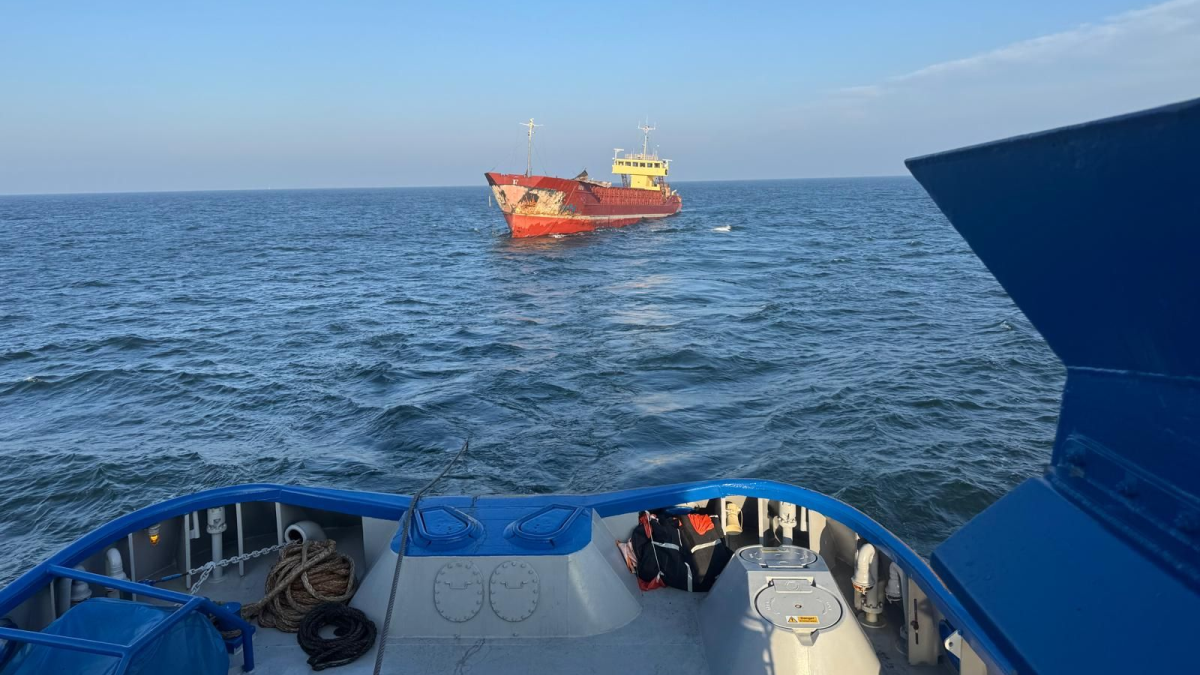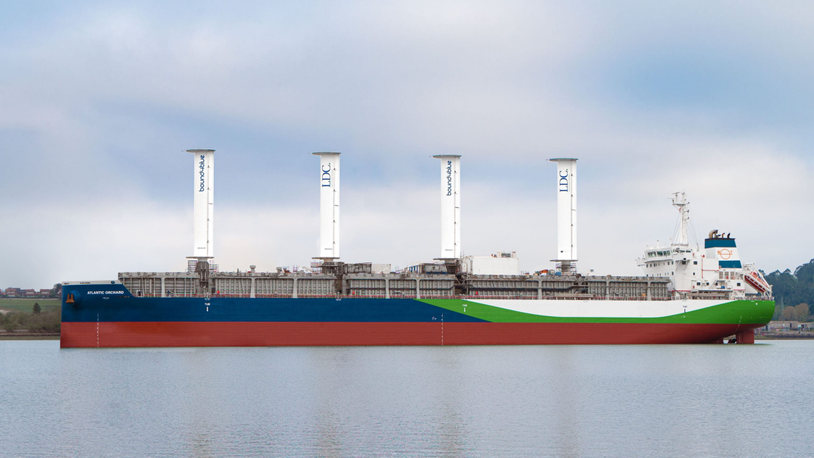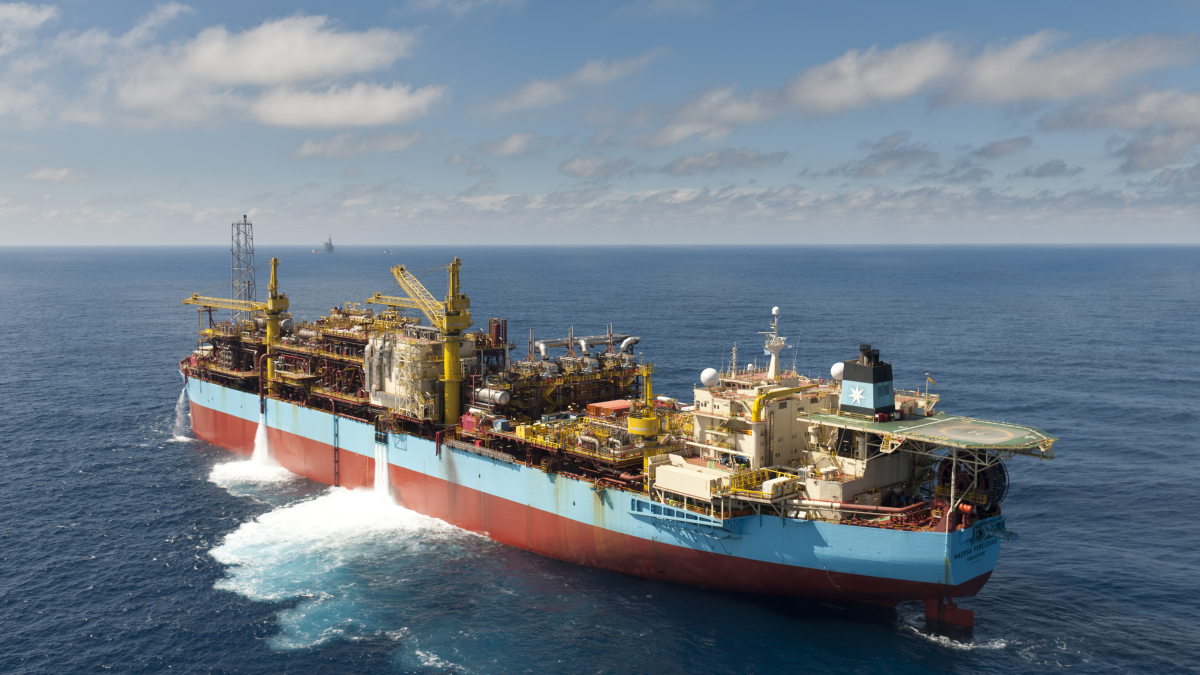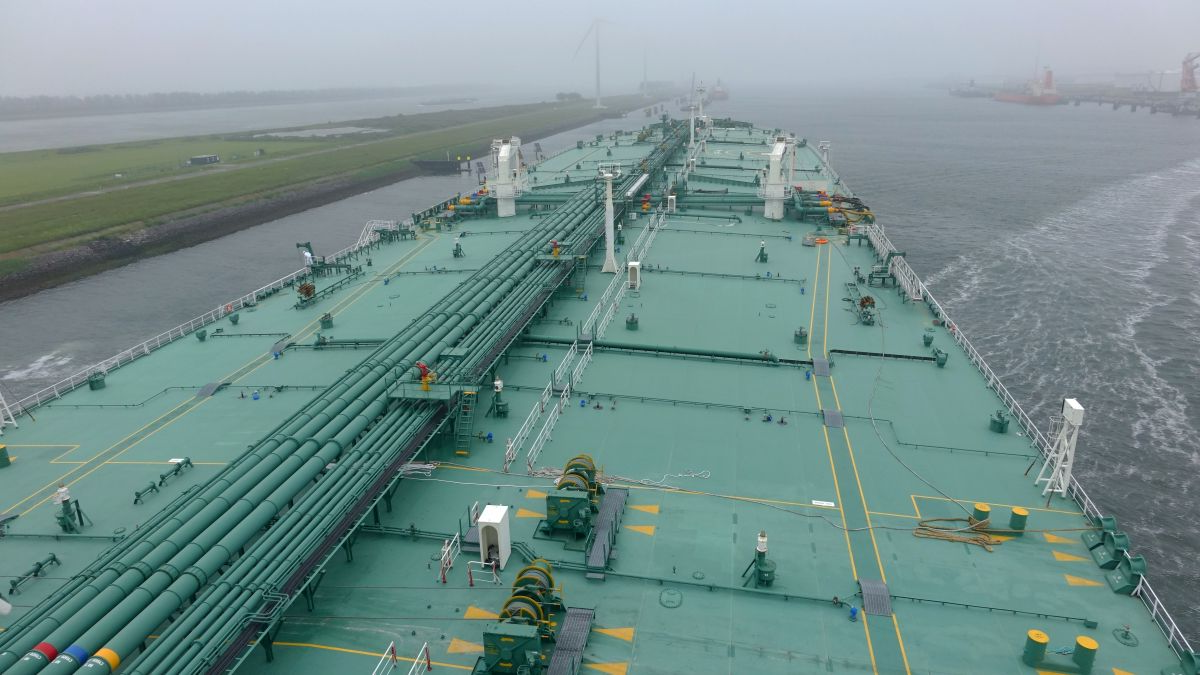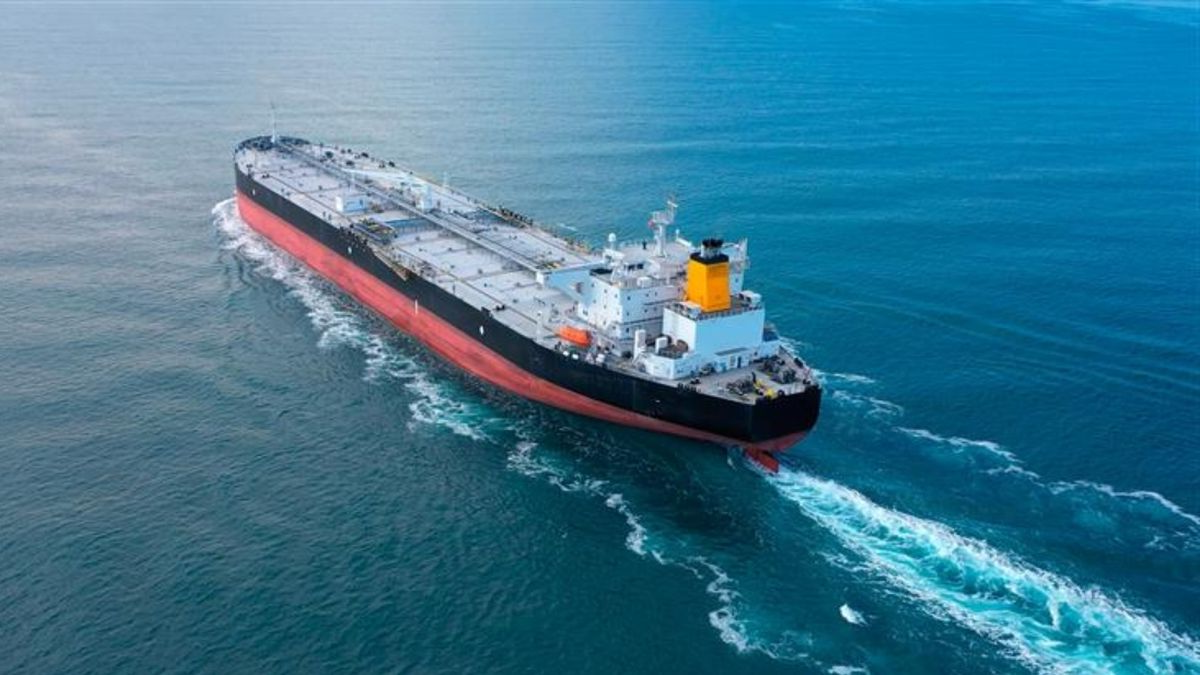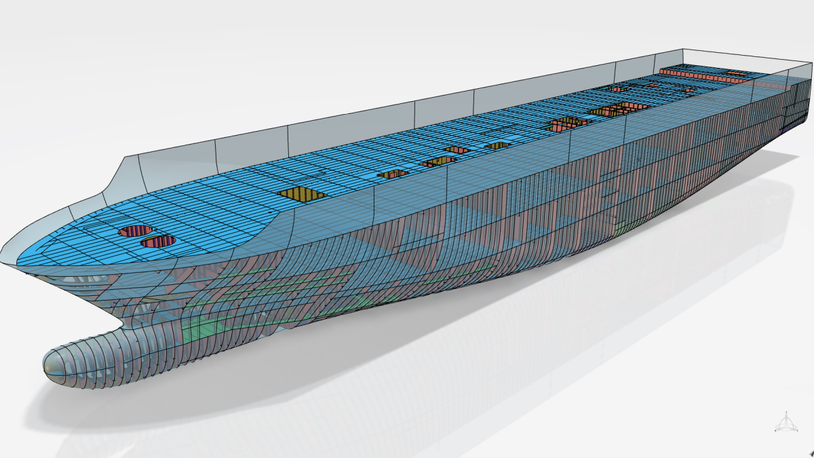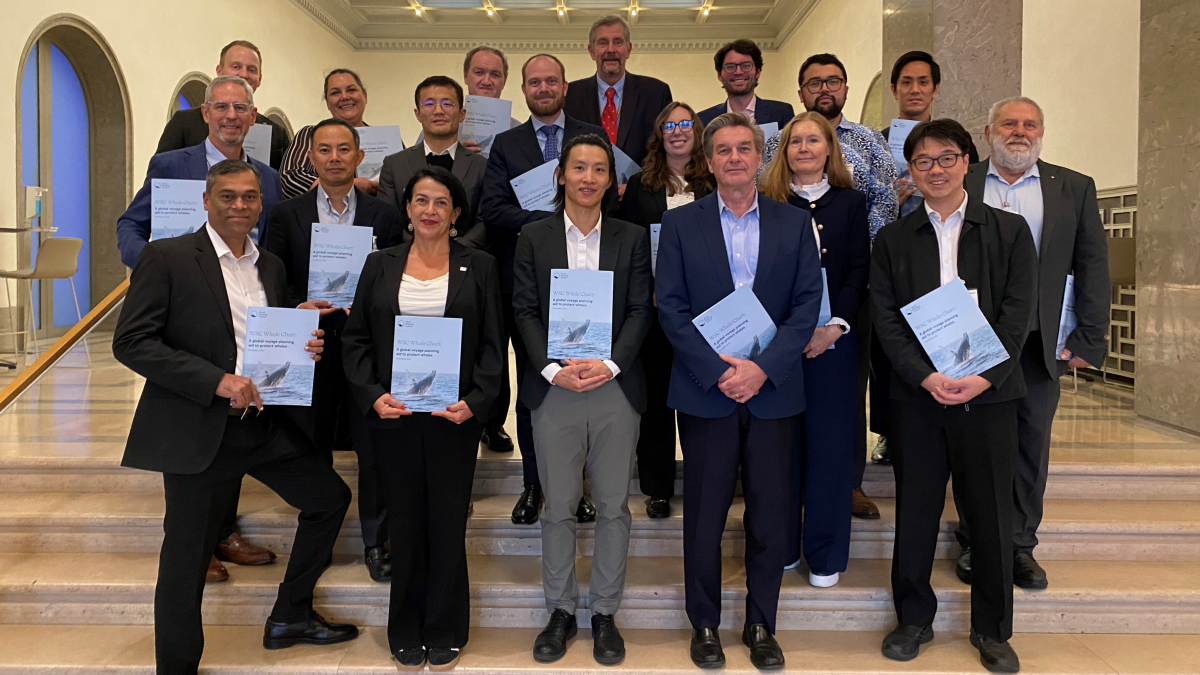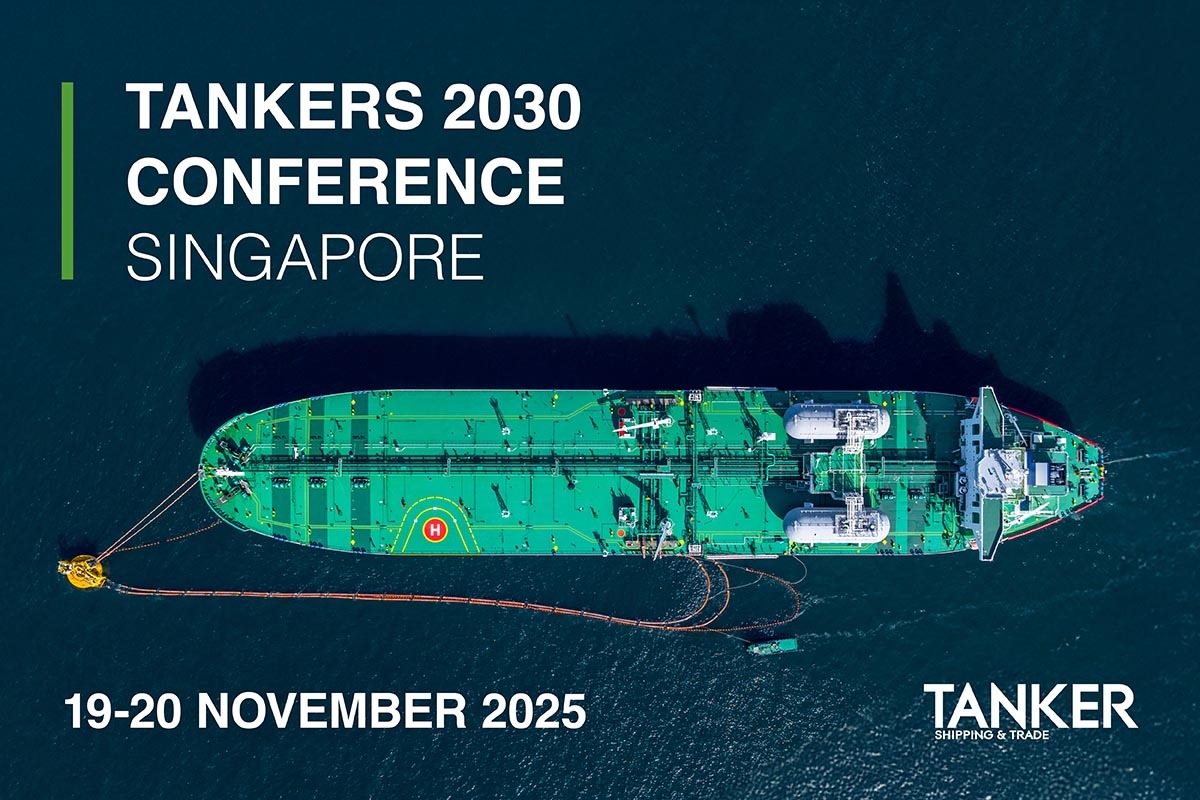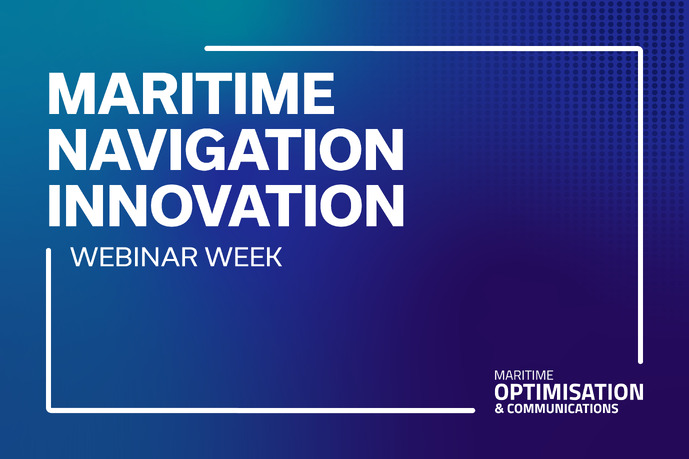Business Sectors
Contents
Register to read more articles.
Guidance for ship emergency towing and equipment drafted by IMO subcommittee
IMO is developing guidelines for emergency towing arrangements for ships and amending its guidance on shipboard towing and mooring equipment to improve safety
With today’s larger ships requiring higher towage loads, IMO’s subcommittee on ship design and construction (SDC 11) approved new regulations and amended guidelines for emergency towing of distressed ships.
During its meeting, held 13-17 January 2025 at IMO’s headquarters in London, SDC 11 prepared these for approval at IMO’s next Maritime Safety Committee meeting, in mid-June 2025.
The subcommittee developed interim guidelines for emergency towing arrangements (ETA) for ships, other than tankers, of more than 20,000 gt, ready to be submitted to MSC 110 for approval. These would make it easy to rapidly connect towing lines to assist ships in an emergency during salvage to prevent groundings and environmental accidents.
These guidelines are expected to apply from 1 January 2028, supporting SOLAS amendments to regulation II-1/3-4 (MSC.549(108)), which enter into force on the same day.
Lloyd’s Register (LR) summarised the findings and conclusions from SDC 11 in a post on 20 January 2025.
According to SDC 11 documentation and LR’s summary, designs of ETAs should be prototype tested to the satisfaction of the flag administration for the vessel, designed with a means of securing a towline to the strong point clearly marked on ships, inspected by ship personnel at regular intervals and maintained in good working order.
Strength requirements are required for the following major towing components: towing pennants, chafing gear, closed fairleads such as chocks, and strongpoints such as bollards or bitts.
The required towing load (kN) of the towing components were discussed and developed during SDC 11. The consensus is that the equipment number (EN) should be used as the starting parameter to calculate the required strength.
For a required towing load of up to 1,000 kN, the EN could be less than 3,000, while a towing load of up to 2,000 kN would require an EN of 3,000 to 7,200. Over this, the towing load would be calculated on the EN times 0.2.
The required towing load may be achieved by summing the design towing loads of multiple arrangements and their deployment can be completed, in harbour conditions, within an one hour. Additionally, the strength must be sufficient for all relevant angles of towline.
SDC 11 also drafted amendments to IMO guidance on shipboard towing and mooring equipment, MSC.1/Circ.1175/Rev.1. It has approved alignment of MSC.1/Circ.1175/Rev.1 with the International Association of Classification Societies (IACS) unified requirements (UR) A1 for anchoring equipment and UR A2 for shipboard fittings and supporting hull structures associated with towing and mooring on conventional ships.
This MSC circular aligns with IACS recommendations covering chain anchoring, mooring and towing equipment. These changes clarify how to determine deck cargoes’ side-projected area; define and calculate minimum breaking load of mooring lines; and clarify the definition of mooring loads for ships with an EN of more than 2,000. They provide guidance on direct mooring analysis, which can be used to design more effective mooring systems than the prescriptive formulations, particularly on large container ships and cruise ships.
MSC 110 is expected to approve these amendments as circular MSC.1/Circ.1175/Rev.2 and they will be applicable to ships constructed on or after 1 January 2028.
SDC 11 also drafted amendments to MSC.1/Circ.1255, providing guidelines for owners and operators on preparing emergency towing procedures, including adding the EN number to the list of ship-specific data that must be recorded in the emergency towing booklet, as required by SOLAS regulation II-1/3-4.2.2.
The aim is to ensure the EN value is recorded for traceability and records. The draft amendments are expected to be submitted to MSC 110 for approval.
Related to this Story
Events
International Bulk Shipping Conference 2025
Tankers 2030 Conference
Maritime Navigation Innovation Webinar Week
© 2024 Riviera Maritime Media Ltd.


